This performance explores the boundaries and intersections between public and private, self-perception and being perceived. By altering familiar elements, these tensions become tangible.
thereisnoplacelikehome deals with displacements in space and time, with media facilitating recollection. The performance evokes the notion of ‘home’ as a distant place or memory, transforming it into a sensory image and media event.
In thereisnoplacelikehome, a box in the room resembles a photo booth, confessional, or fitting room, suggesting temporary privacy from public view. Inside this portable shelter, I am separated from the audience, who can observe me through a Polaroid camera embedded in a wall. The camera is operated from the outside, and a small slot serves for passing items back and forth.
The box has three solid walls, with the fourth side covered by a white curtain, allowing light to filter through and revealing my feet. The curtain invites viewers to decide whether to respect or violate this boundary. A digital video camera on top of the box shows scenes from the film The Wizard of Oz on an external display. Inside, I read excerpts from the movie’s script in a rhythmic, mechanical manner.
The setup encourages the audience to look through the Polaroid camera and take a photo. However, instead of receiving the photo they took, viewers get a postcard featuring my childhood photos, excerpts from The Wizard of Oz script and a ‘personal’ message from me. This process transforms the interaction, blending public and private spaces and challenging conventional image-making dynamics.
As the performance progresses, the audience self-organizes to take turns using the camera. Some break the ‘rules,’ adding unpredictability to the event. Meanwhile, I continue reading the script and handing out postcards. In one case, a viewer wrote an answer on the card and passed it back to me in the booth.

DOROTHY
No. But it wasn't a dream -- it was a place. And you -- and you -- and you -- and you were there.“The Wizard of Oz," Metro-Goldwyn-Mayer, 1939
The performance was created as part of the 2002 international symposium: Performance und Bild / Performance als Bild (Christian Janecke, concept and direction). The event was hosted by the Kunst Haus Dresden – Städtische Galerie für Gegenwartskunst and the Neue Sächsische Kunstverein e.V. The conference proceedings were published as FUNDUS Band 160
Performance und Bild – Performance als Bild (Christian Janecke, ed.).
…
Read my essay:




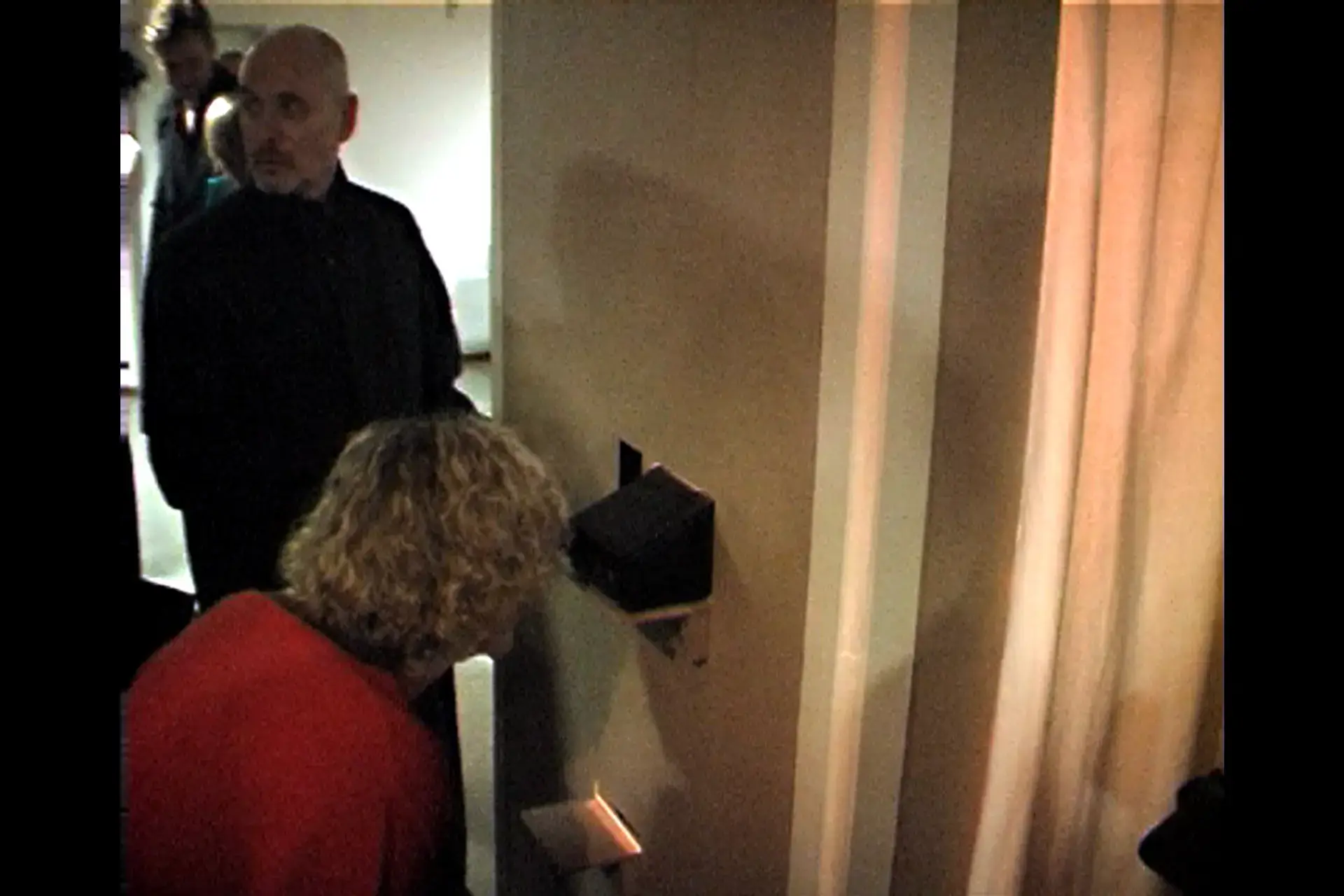
















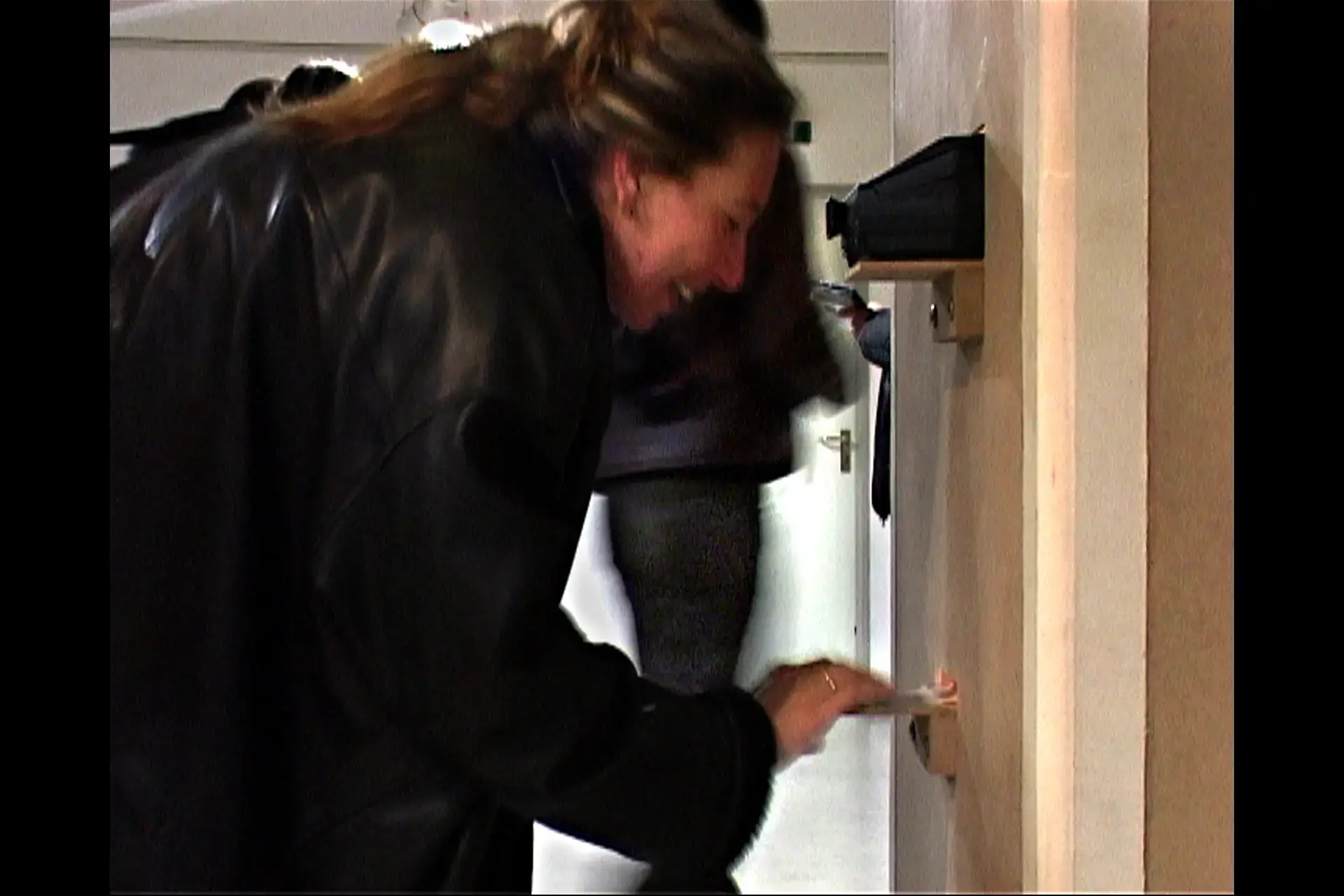




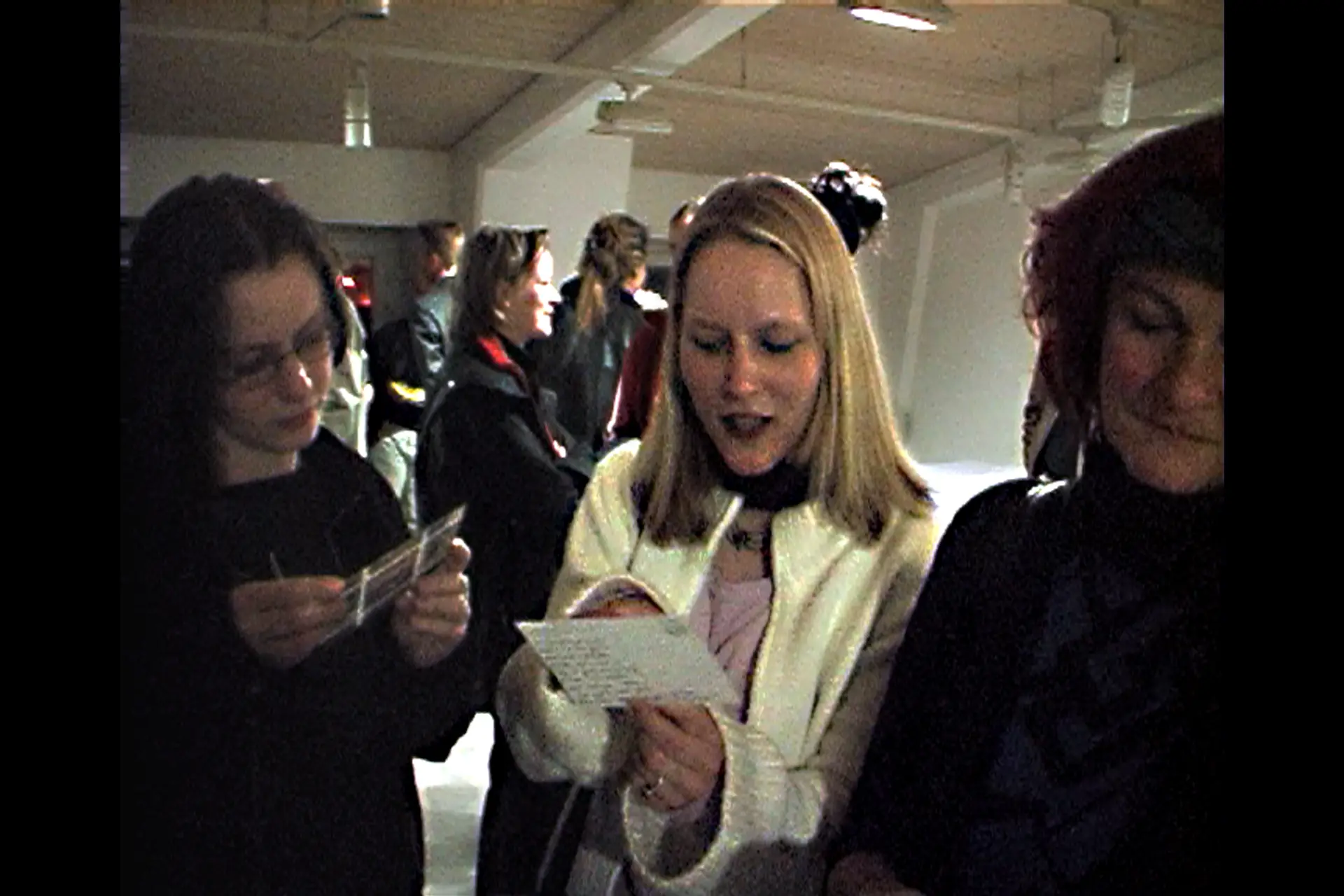












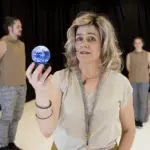
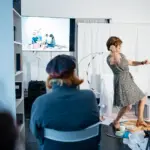
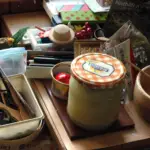


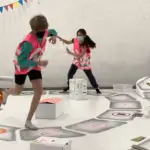

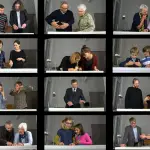


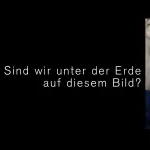
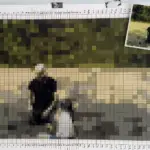
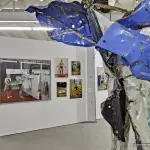
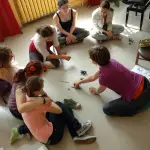

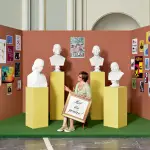


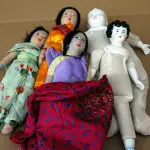

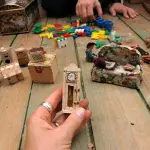
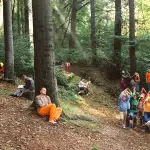
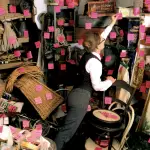
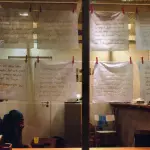



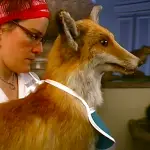
![[privat]](https://janetgrau.de/wp-content/uploads/2024/06/privat-00-150x150.webp)
